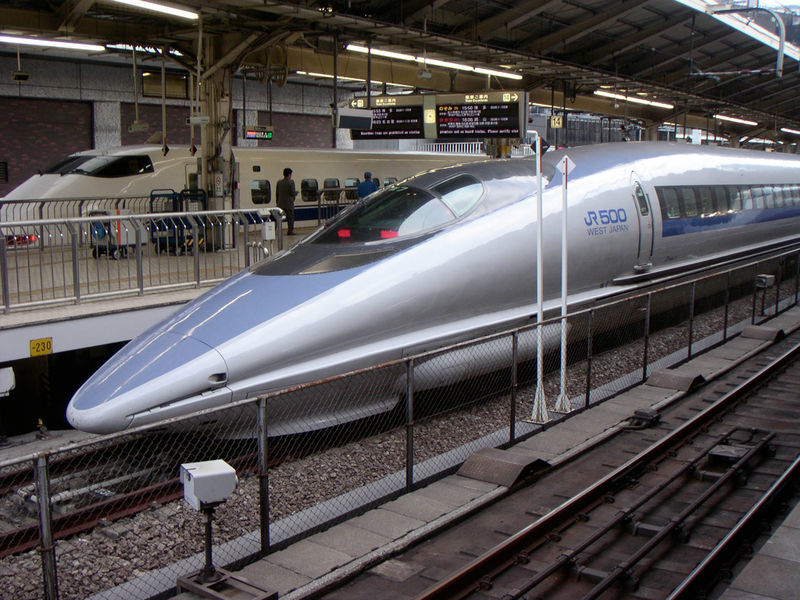California’s plans for high-speed rail, which envision tracks connecting Southern California to the Bay Area with riders traveling at speeds of 220 miles per hour, suffered a setback in mid-September as Congress cut billions of dollars from the Federal Railroad Administration’s budget.
Federal Funding Cut
President Obama, who is pushing high-speed rail projects in select states, sought $8 billion in funding for fiscal 2012. House Appropriations subcommittee members, however, cut nearly $7 billion from that request. The bulk of the remaining $1 billion is already allocated for Amtrak operations.
The cuts did not come as a surprise to political analysts. Republicans have been stating for months they would not support spending for high-speed rail in this economic downturn. Transportation analyst Gabriel Roth, a research fellow with the Independent Institute and a former civil engineer and transportation, sees the denial of federal funding as a welcome advance in the debate over high-speed rail.
Competing Against Popular Services
“I think high-speed rail in California is a terrible idea,” Roth said. “There are good air services in California that are self-sustaining. I think it’s just ridiculous to provide competition for ongoing services that are already proven to be self-sustaining.”
Government Underestimated Costs
The reluctance of Congress to fund high-speed rail has left California in a financial lurch. The high-speed rail project is estimated to cost upwards of $43 billion for just its first phase. The California High Speed Rail Authority, the group that is actually in charge of building the transit system, has at its disposal $6.3 billion in federal grants and proceeds from an initial bond offering that was approved by referendum in 2008. But the governor must first consent to the bond issue and then allocate funds for the state treasurer to use.
Making matters worse, project analyses show the projected costs of the system have been substantially underestimated. Some put the price of the first phase at $65 billion, $22 billion more than government officials projected.
Few Travelers Would Benefit
How taxpayers in California might respond to this additional demand for tax dollars is an uncertainty. But to Roth this turn of events is just one more reason why high-speed rail programs typically are bureaucratic boondoggles that should be avoided.
“Both the federal government and the state of California are bankrupt. It’s completely ridiculous to spend money on this sort of thing, which is really built for the benefit of the people who build it. They’re not building it for travelers,” Roth said. “There’s no way a family with children could use this service, for example, because it’s much cheaper to travel by car.”
Roth said the true test of determining whether a planned transportation system is sound or not is rooted in one simple question: Who’s paying?
“If a transportation project is good, it should stand on its own feet,” Roth said. “It’s quite wrong for taxpayers to pay for this at all. If there was any merit to this proposal, the people who proposed the project would put their own money into it.”
Cheryl Chumley ([email protected]) writes from northern Virginia.




